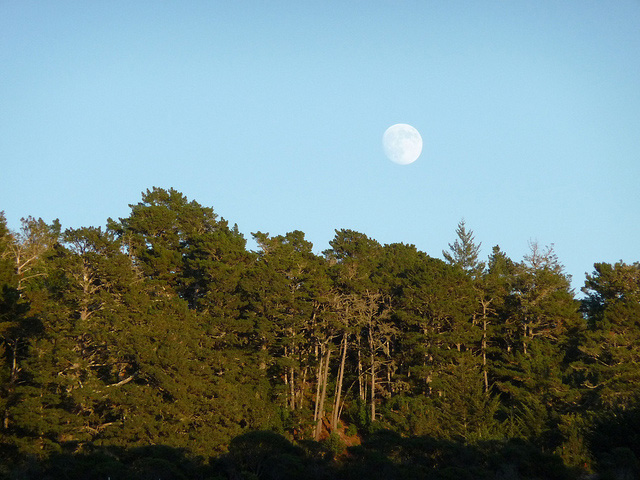Care for the Earth

Plan Ahead and Prepare
Obtain necessary permits and be sure to notify others of your travel itinerary. Carry a good map and familiarize yourself with desert travel and survival skills before beginning your trip.
Travel and Camp on Durable Surfaces
Reuse existing campsites. Do not make camp in a dry wash-flash floods develop quickly in the desert. Campsites must be more than 200 yards from any water source.
Dispose of Waste Properly
Store all food and garbage in a manner that will prevent access by wildlife. Carry plastic bags and pack out all trash and ash. Bury human waste in catholes 6–8 inches deep, at least 200 feet from water, camp, and trails. Pack out all toilet paper and hygiene products. Some sites require that human waste be packed out.
Leave What You Find
Disturbing, defacing, or collecting plants, animals, rocks, and historic or archeological objects is prohibited. These resources should be left as they are found for all to enjoy.
Minimize Campfire Impacts
Reuse existing fire rings or use a portable fire pan (be sure to pack out ashes). Do not leave fires smoldering or unattended. Cutting or collecting any wood, including downed wood, is prohibited. All firewood must be brought in.
Respect Wildlife
Be Considerate of Other Visitors
Please, no pets! Help us respect the diversity of wildlife and habitat on the mountain by refraining from bringing your pets to the training. Service dogs are welcome. Thank you.

